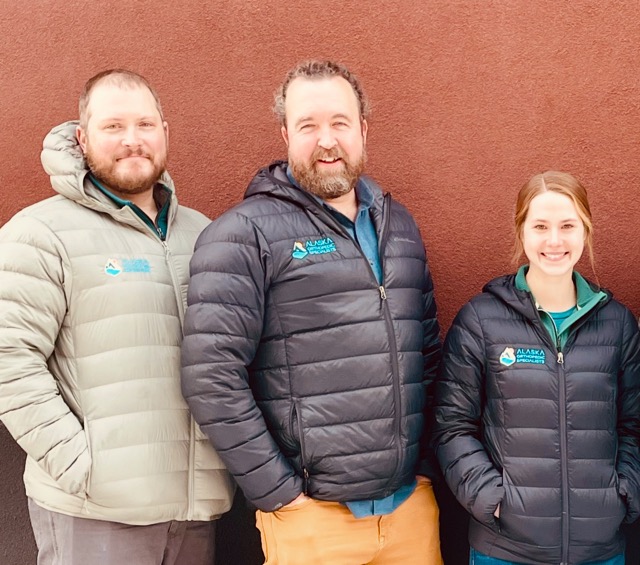When most people think about orthopedic care, their minds go straight to surgeons—the ones fixing fractures, replacing joints, and performing intricate procedures. But behind every great orthopedic surgeon is a dynamic team, and one of the key players is the physician assistant (PA).
Think of a PA as the bridge between the patient and the surgeon. We wear multiple hats, helping translate complex medical care into something accessible and actionable. We also are licensed healthcare professionals that take care of patients both independently and as part of the larger team. What does that look like day to day? Let’s walk through a day in the life of a PA in orthopedic care.
Morning Rounds: Connecting the Dots The day often starts early, checking in on post-operative patients at the hospital. These visits are all about making sure the healing process is on track. How’s the pain level? Is the incision clean and healing well? Any unexpected issues?
We ensure that the laboratory data is as expected, that x-rays are looking good, that the wound is healing as it should. When there’s an issue, we make changes to the patient’s plan. This often means ordering new tests, or consulting with other providers. By the time rounds are done, patients feel informed and supported, and the surgeon and other medical team members are up to speed on any developments.
In the Clinic: Showtime In the clinic, the PA is often the first and primary point of care. We see our own patients from start to finish, starting with listening to their story—what brought them in, how they’ve been managing, and what their goals are. From there, we perform clinical examinations, order imaging like X-rays, and dig into the details to uncover what’s causing the problem.
Most often, we are diagnosing the issue there in real time—whether it’s arthritis, a ligament tear, or something else entirely—we work with the patient to build a tailored treatment plan based on their diagnosis. This could mean ordering additional tests like MRIs, prescribing medications, or even discussing surgical options. If there is ever any doubt, we have the luxury of working side-by-side with our surgeons. It is an incredibly collaborative environment which certainly helps ensure that we’re getting to the heart of problems and not wasting our patient’s time. The focus is on both education and problem-solving; guiding patients toward solutions that fit their lives.
Procedures: Hands-On Expertise All of the PAs in our office perform various in-office procedures. We do plenty of injections, sometimes utilizing advanced tools like ultrasound. We do PRP therapy, cryoablation, suturing, casting, and plenty of other in-office care. It’s a balance of technical skill and patient connection—making sure the treatment is done right while keeping the patient at ease.
These moments can make a huge difference for patients, offering relief and confidence that they’re in good hands.
The OR: A Team Effort When surgery is on the schedule, the PA is right there in the operating room. Assisting the surgeon during procedures is a mix of precision and trust. From preparing the patient, to ensuring everything is in it’s right place, to retracting, cutting, screwing, and reducing fractures; the PA is an essential part of the team, helping surgeries go smoothly and efficiently.
And the work doesn’t end when the last suture is placed, (usually by the PA mind you)! After surgery, the PA often shifts back into educator mode, explaining post-op care and setting realistic expectations for recovery.
Evening Follow-Ups: Wrapping Up the Day The day winds down with administrative tasks and follow-ups. There’s a lot of charting that takes place. Lots of charting! Then it’s on to reviewing imaging, coordinating with other providers, or calling patients to check on their progress. Medicine certainly is a team sport, and communication is critical to ensure we’re all on the same page.
It’s also a moment to reflect on the day’s successes. Did a patient walk without pain for the first time in months? Did someone finally feel like they understood their diagnosis after several false starts elsewhere? Those wins are what make the job so rewarding.
More Than a Job Being a physician assistant in orthopedics is more than a job—it’s a partnership with patients and surgeons alike. It’s about listening, educating, and stepping in with our primary tools – the brain and the hands where needed to keep the whole system running smoothly.
For patients, having a PA on the team means having someone who’s not just clinically skilled but also deeply invested in their journey to better health. So, the next time you see a PA, remember: they’re not just assisting their physician—they’re making care happen!
Call us today at 907-771-3500 to schedule your appointment.


